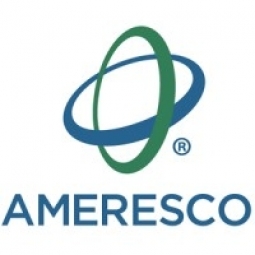技术
- 功能应用 - 企业资产管理系统 (EAM)
- 传感器 - 电表
适用行业
- 城市与自治市
- 可再生能源
适用功能
- 设施管理
- 产品研发
用例
- 施工管理
- 智慧城市运营
关于客户
米苏拉市位于蒙大拿州落基山脉北部,是一座拥有 75,000 人口的繁荣城市。它是蒙大拿大学的所在地,也是一个贸易中心,拥有以医疗保健、技术、教育和娱乐为基础的多元化经济。这座城市以其壮观的自然美景和丰富的历史意义而闻名,还拥有充满活力的文化、艺术和娱乐场所。该市对可持续发展做出了坚定的承诺,并实施了多项举措和项目来支持全市脱碳,目标是到 2025 年实现碳中和。
挑战
正如 2013 年通过的保护和气候行动计划 (CCAP) 中概述的那样,蒙大拿州米苏拉市面临着减少碳足迹并实现 2025 年碳中和目标的挑战。能源消耗和温室气体排放归因于其废水处理厂。该城市需要一种解决方案,不仅要减少能源消耗和排放,还要符合其可持续发展目标。该市还在寻找一种需要零前期资本的解决方案。
解决方案
米苏拉市与专门从事能源效率和可再生能源领域的领先清洁技术集成商 Ameresco, Inc. 合作,在该市的城市中心设计、建造、拥有、运营和维护一个由 948 块电池板组成的地面安装太阳能光伏 (PV) 阵列。污水处理厂。该项目是蒙大拿州最大的用户侧非出口太阳能光伏阵列,是根据为期 25 年的太阳能协议完成的,不需要该市提供前期资金。太阳能光伏阵列预计每年发电量超过70万千瓦时,可抵消污水处理设施年用电量20%以上。该项目不仅减少了城市的能源消耗和排放,也让城市更加接近碳中和的目标。
运营影响
数量效益

Case Study missing?
Start adding your own!
Register with your work email and create a new case study profile for your business.
相关案例.

Case Study
Turning A Stadium Into A Smart Building
Honeywell created what it called the “intelligent system” for the National Stadium in Beijing, China, turning the venue for the opening and closing events at the 2008 Summer Olympics into a “smart building.” Designed by highly controversial artist Ai Weiwei, the “Bird’s Nest” remains one of the most impressive feats of stadium architecture in the world. The 250,000 square meter structure housed more than 100,000 athletes and spectators at a time. To accommodate such capacity, China turned to Honeywell’s EBI Integrated Building Management System to create an integrated “intelligent system” for improved building security, safety and energy efficiency.
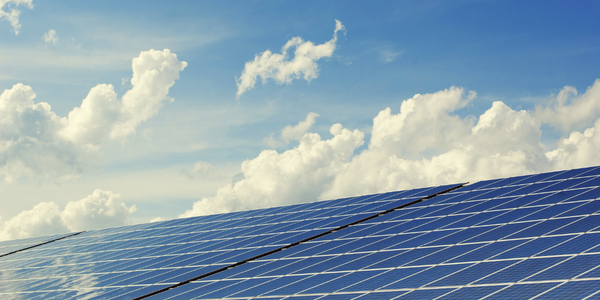
Case Study
Remote Monitoring & Predictive Maintenance App for a Solar Energy System
The maintenance & tracking of various modules was an overhead for the customer due to the huge labor costs involved. Being an advanced solar solutions provider, they wanted to ensure early detection of issues and provide the best-in-class customer experience. Hence they wanted to automate the whole process.
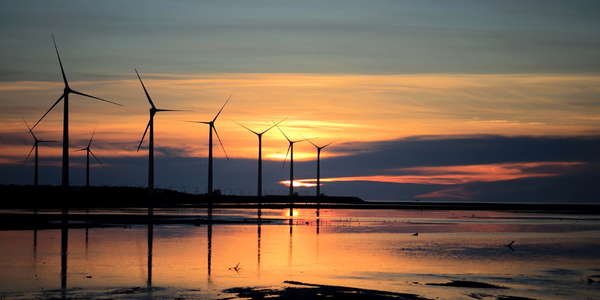
Case Study
Vestas: Turning Climate into Capital with Big Data
Making wind a reliable source of energy depends greatly on the placement of the wind turbines used to produce electricity. Turbulence is a significant factor as it strains turbine components, making them more likely to fail. Vestas wanted to pinpoint the optimal location for wind turbines to maximize power generation and reduce energy costs.
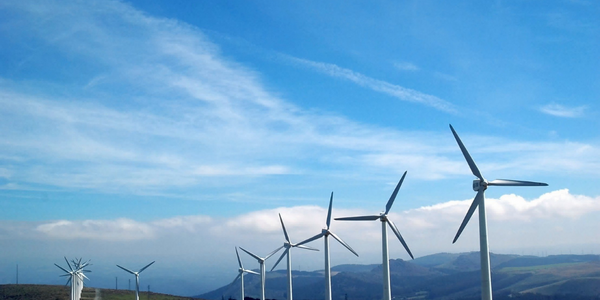
Case Study
Siemens Wind Power
Wind provides clean, renewable energy. The core concept is simple: wind turbines spin blades to generate power. However, today's systems are anything but simple. Modern wind turbines have blades that sweep a 120 meter circle, cost more than 1 million dollars and generate multiple megawatts of power. Each turbine may include up to 1,000 sensors and actuators – integrating strain gages, bearing monitors and power conditioning technology. The turbine can control blade speed and power generation by altering the blade pitch and power extraction. Controlling the turbine is a sophisticated job requiring many cooperating processors closing high-speed loops and implementing intelligent monitoring and optimization algorithms. But the real challenge is integrating these turbines so that they work together. A wind farm may include hundreds of turbines. They are often installed in difficult-to-access locations at sea. The farm must implement a fundamentally and truly distributed control system. Like all power systems, the goal of the farm is to match generation to load. A farm with hundreds of turbines must optimize that load by balancing the loading and generation across a wide geography. Wind, of course, is dynamic. Almost every picture of a wind farm shows a calm sea and a setting sun. But things get challenging when a storm goes through the wind farm. In a storm, the control system must decide how to take energy out of gusts to generate constant power. It must intelligently balance load across many turbines. And a critical consideration is the loading and potential damage to a half-billion-dollar installed asset. This is no environment for a slow or undependable control system. Reliability and performance are crucial.
.png)
Case Study
Smart Street Light Network (Copenhagen)
Key stakeholders are taking a comprehensive approach to rethinking smart city innovation. City leaders have collaborated through partnerships involving government, research institutions and solution providers. The Copenhagen Solutions Lab is one of the leading organizations at the forefront of this movement. By bringing together manufacturers with municipal buyers, the Copenhagen Solutions Lab has catalyzed the development and deployment of next-generation smart city innovations. Copenhagen is leveraging this unique approach to accelerate the implementation of smart city solutions. One of the primary focus areas is LED street lighting.
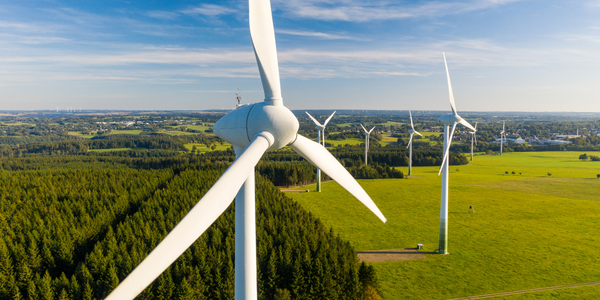
Case Study
Remote Monitoring and Control for a Windmill Generator
As concerns over global warming continue to grow, green technologies are becoming increasingly popular. Wind turbine companies provide an excellent alternative to burning fossil fuels by harnessing kinetic energy from the wind and converting it into electricity. A typical wind farm may include over 80 wind turbines so efficient and reliable networks to manage and control these installations are imperative. Each wind turbine includes a generator and a variety of serial components such as a water cooler, high voltage transformer, ultrasonic wind sensors, yaw gear, blade bearing, pitch cylinder, and hub controller. All of these components are controlled by a PLC and communicate with the ground host. Due to the total integration of these devices into an Ethernet network, one of our customers in the wind turbine industry needed a serial-to-Ethernet solution that can operate reliably for years without interruption.




